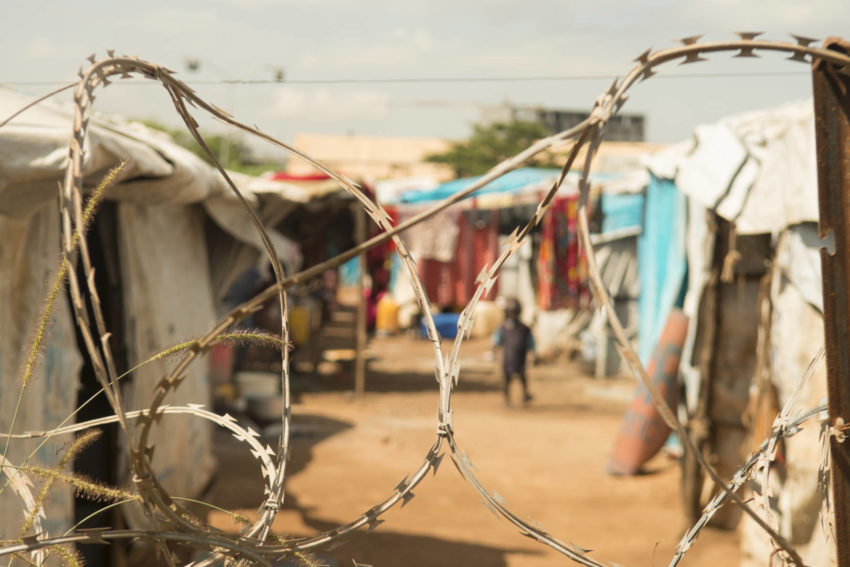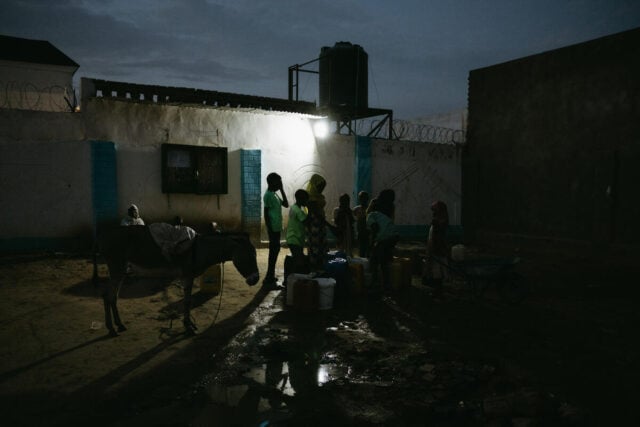High on any list of fragile countries are four sub-Saharan African nations. A perfect storm of colonial legacy, political instability, poverty, and prolonged crises creates ideal conditions for conflict — and for the untold suffering of millions.
As with any war or disaster zone, vulnerable populations are most affected — especially children. Children surviving in the midst of conflict often are cut off from life’s basics: food, clean water, and education. They also are prone to violence, exploitation, abuse, and neglect.
World Vision is working in all of these fragile states, bringing critical assistance and hope where it’s desperately needed.
South Sudan

The world’s youngest country is also its most fragile. Political and economic instability came as South Sudan’s birthright in 2011, and conflict that erupted in December 2013 has since escalated into civil war.
About 1.5 million people have been forced to leave their homes, but only 1 in 15 lives in an organized camp for internally displaced persons (IDPs). World Vision focuses on helping families who fled instead to small towns or villages, providing healthcare, water, emergency food rations, and seeds and fishing nets to earn income.
As peace talks stall and fighting increases, South Sudan’s displaced population remains on the run in hopes of evading armed groups. This has several troubling effects: Providing humanitarian assistance is more difficult when people don’t stay in one place, like an IDP camp, and agricultural production is disrupted.
The latter could have fatal consequences, pushing South Sudan to the brink of famine. A third of the country — about 3.5 million people — need emergency aid by June to stave off famine conditions, and children are especially vulnerable.
Hunger isn’t the only threat to children in South Sudan. UNICEF estimates that armed groups have abducted about 12,000 children to fight. World Vision has education and child protection programs to keep children safe and water and food assistance to keep them healthy.
Somalia
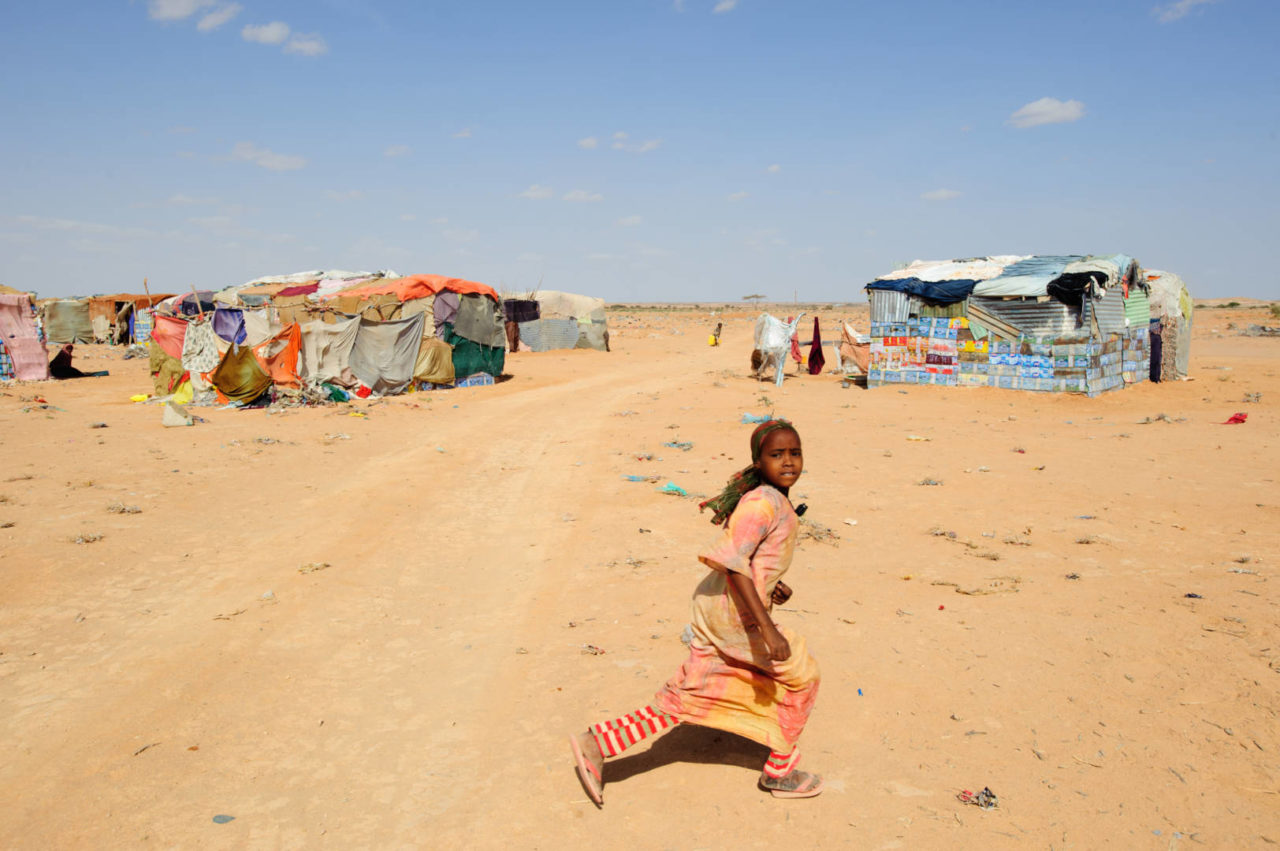
From piracy in its waters to armed insurgent groups in its streets, prolonged conflict plays a large part of Somalia’s status as a fragile state. A brutal civil war, which began in 1991, left Somalia without a functioning government until 2012. Violence, however, continues today, and the war’s legacy overshadows signs of progress.
Another factor threatening Somalia is drought. The conflict led to instability, leaving the country struggling to respond when drought and famine struck in 2011. As a result, famine took 258,000 lives, and more than half — 133,000 — were children under 5. Conflict and famine caused hundreds of thousands of Somalis to flee to Kenya; about 463,000 remain there.
Paradoxically, Somalia suffers from alternating droughts and flooding, leaving many people facing food insecurity through the summer due to agricultural disruption, rising food prices, and limited access to humanitarian assistance. More than 3 million people are affected, among them 200,000 children under 5 who are acutely malnourished.
In stable communities where World Vision works, economic empowerment and resilience programs help evade the effects of drought, and maternal and child health initiatives improve nutrition. World Vision also works with local partners in especially hard-hit areas to provide emergency food, healthcare, water, and sanitation.
The Central African Republic
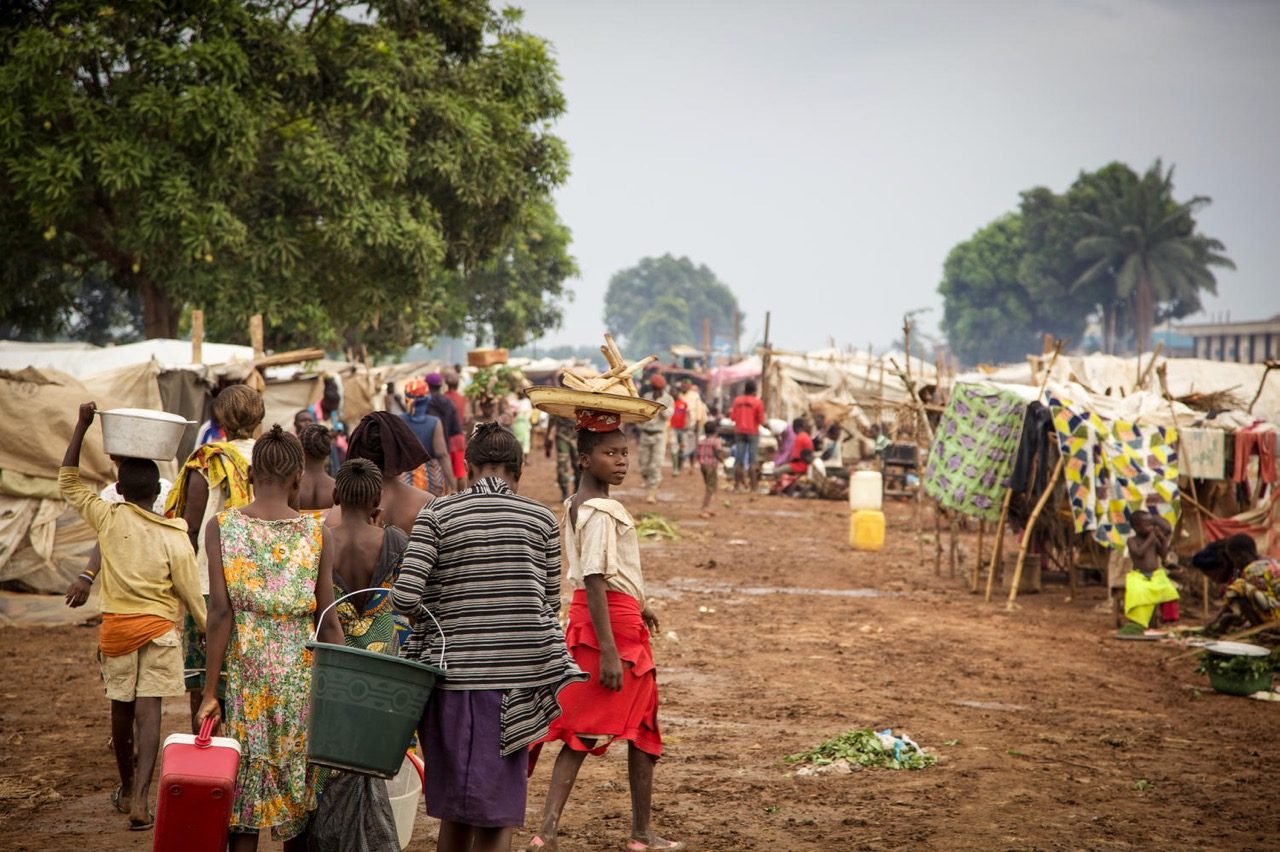
An already unstable Central African Republic plunged into war in March 2013 when armed rebels overthrew the president, igniting a powder keg of simmering ethnic and religious tensions. The results are disastrous: volatility, widespread violence, and growing numbers of dead, displaced, and helpless.c
More than two years on, the conflict is increasingly complex and unpredictable as opposing groups splinter and fighting continues across the country. A quarter of the population has fled their homes, and more than half of Central African Republic’s 4.6 million people need humanitarian assistance.
About 1.3 million children — almost the population of San Diego — are affected. Many have been orphaned or separated from their families, leaving them vulnerable to exploitation. In areas where it’s safe to do so, World Vision operates Child-Friendly Spaces, runs school feeding programs, and works to reunite unaccompanied children with family members.
The Democratic Republic of the Congo
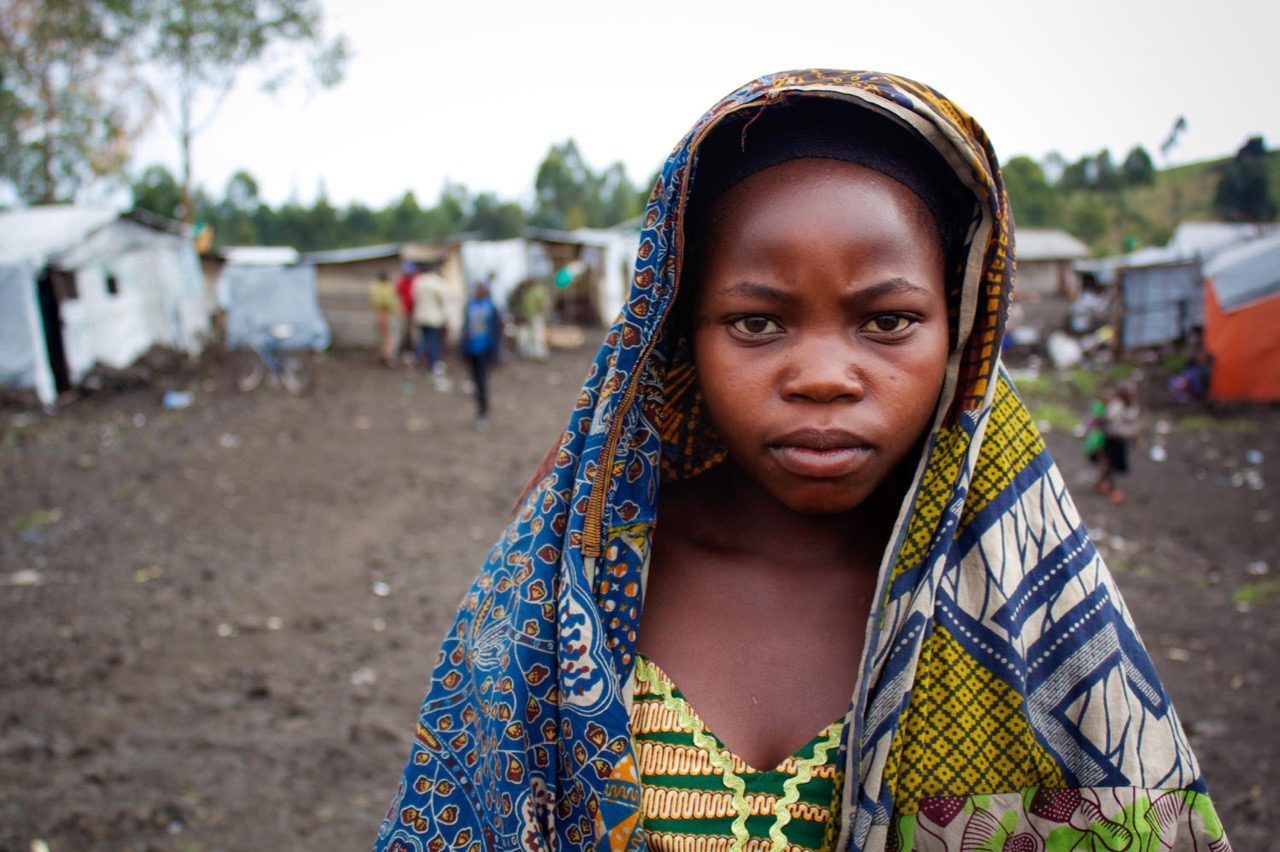
Though it’s one of the world’s most resource-rich nations, the Democratic Republic of the Congo has yet to fully develop its economic resources — or find a way to end a string of civil wars that have plagued the country for 20 years.
Two virtually indistinguishable wars followed one after the other, starting in 1996, creating protracted political instability. Formerly called Zaire, the newly renamed country descended into what many call “Africa’s civil war,” as soldiers from surrounding countries were drawn in to stabilize the situation. Since then, the conflict has claimed an estimated 5.4 million lives, many due to otherwise avoidable disease and starvation.
Despite several ceasefire agreements and a peace deal brokered in 2013, rebel groups and government forces continue fighting. Instability prevents the Democratic Republic of the Congo from capitalizing on its wealth of natural resources to improve the lives of citizens. Instead, many children work at mining minerals with their bare hands.
More alarming statistics confirm the Democratic Republic of the Congo’s grim reality: 6.3 million people are food insecure, 50% of children under 5 are chronically malnourished, 2.6 million people were forced to flee their homes, and at least 40 women are raped every day.
Despite the immense challenges, there are pockets of hope, especially where World Vision provides emergency food, healthcare, and other assistance to internally displaced people. Rehabilitation centers help former child soldiers as well as women and girls who have been sexually exploited regain confidence and dignity.
In stable areas safe from conflict — but still suffering from crippling poverty — World Vision operates child sponsorship programs, providing healthcare, education, child protection, economic empowerment, spiritual nurture, water, and sanitation.
